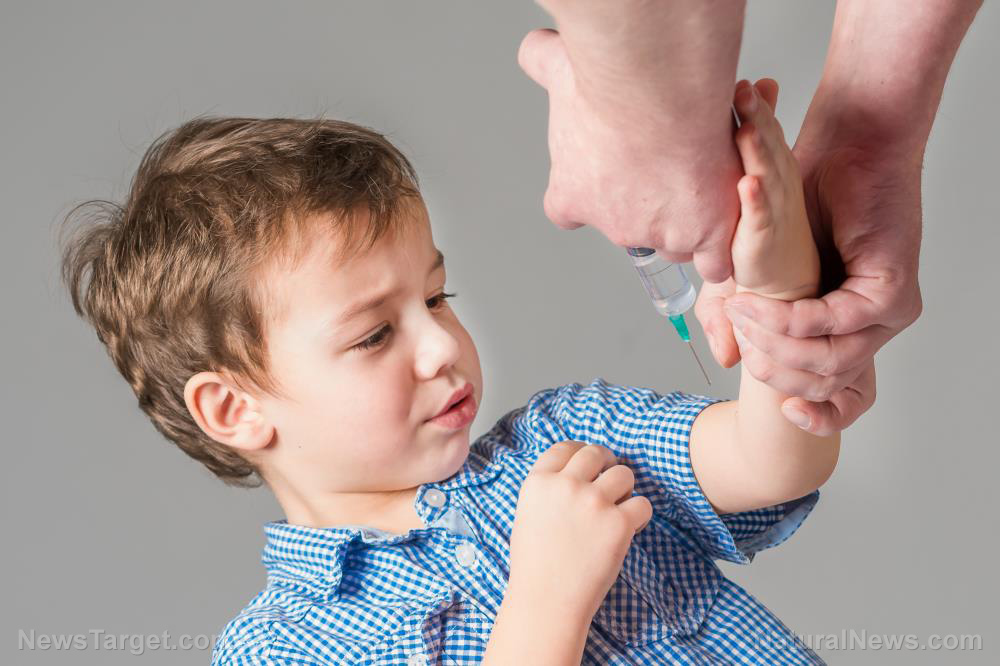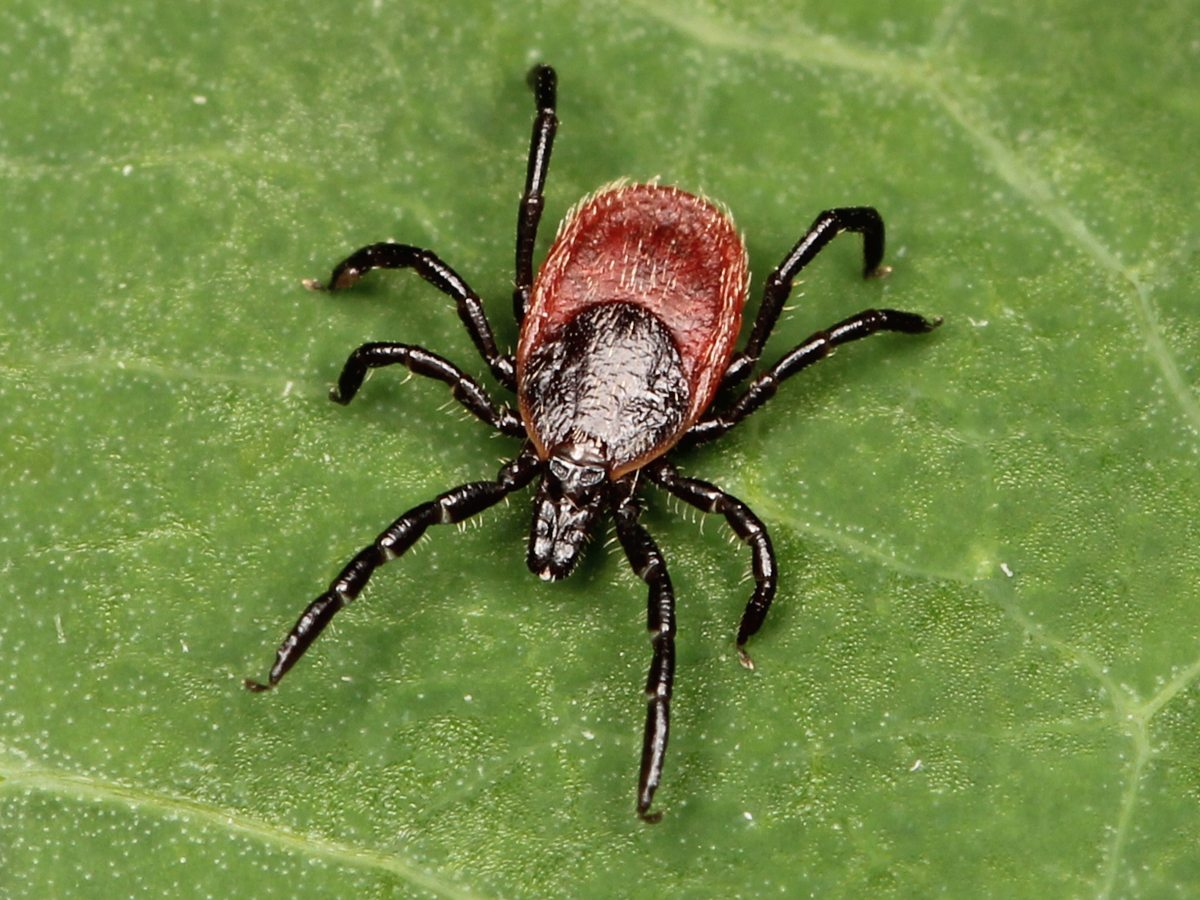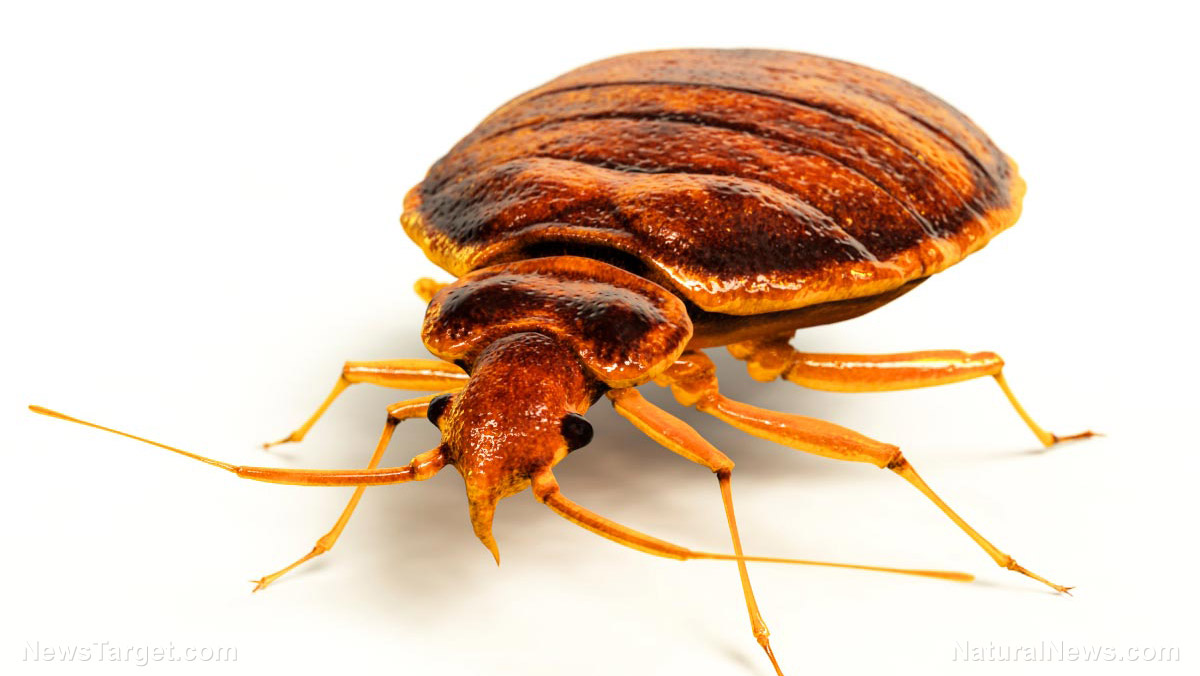Drones with built-in cameras now being used to fight malaria
12/28/2017 / By David Williams

Most conversations involving drones revolve around the fact that they can be used for surveillance on individuals, and so they should be thought of as potentially scary pieces of technology. But a community in East Africa has figured out a way to put the novel new technology to good use in their continuing fight against malaria.
According to Andy Hardy, a lecturer in Remote Sensing and GIS from Aberystwyth University, drones are a “crucial part” in the battle against mosquitoes and malaria. As part of ongoing efforts to eradicate the deadly disease, drones can be deployed to map out entire landscapes and figure out where to find mosquito breeding grounds. The idea is that if they’re ever going to get rid of malaria completely, their best bet would be to eliminate mosquito eggs and larvae, which eventually allow the disease to spread.
“One of the main challenges to disease managers is finding small water bodies that mosquitoes use to breed,” explained Hardy. “This is where drones come in – for the first time, drone imagery can be captured over large areas which can be used to create precise and accurate maps of potential habitats.”
How they use drones
Drones come in all shapes and sizes, but by far the most popular models of drones on the market are those that come with built-in cameras on them. These cameras are often designed to deliver high quality photos and videos, which is why many individuals have started using them for commercial purposes.
The uses include photo and video coverage of certain events, such as weddings and parties, as well as recording and capturing of footage and photos of certain places for later usage. But Andy and his team are doing something else entirely. Instead, they developed a system that allows them to map out potential mosquito habitats so that they could later treat these with larvicides.
“Public health authorities need to be able to locate and map these water bodies so they can be treated using a larvicide like DDT,” said Hardy. “This process is known as larval source management, and was successfully used in Brazil and Italy many decades ago.”
Thanks to a drone’s ability to map out a huge area in just a short amount of time, Hardy’s team is able to capture imagery and process them for analysis in the same afternoon. They then use the information they have to map water bodies and plan their next course of action. And the great thing is that they are using a popular off-the-shelf drone that’s easy to purchase almost anywhere.
Speaking about the potential for their approach to have adverse effects on human health, Hardy mentions that the larvicides available for use today are “much safer, lower toxicity replacements” that have been developed following the cases of poisoning and ecological damage in the past. He and his team fully acknowledge the possibility of having negative side effects, so they have accounted for those as well.
The next steps
Malaria is currently still a major problem, with global infection rates pegged at over 200 million per year, and a fatality rate of around 500,000 people annually. So far, current efforts across sub-Saharan Africa have yielded positive results. Zanzibar in particular is said to have seen prevalence levels drop to less than one percent in some areas, which is a huge jump from where it used to be at 40 percent.
The use of drones may end up being a perfect way to complement other methods to combat malaria and mosquitoes. For now, Hardy’s team will work on pushing an entire community towards a better understanding of drones and other technologies, and possibly even come up with better ways of using them.
Sources include:
Tagged Under: drone imagery, drones, future tech, infectious disease, Malaria, mosquitoes, viral infection, zanzibar



















